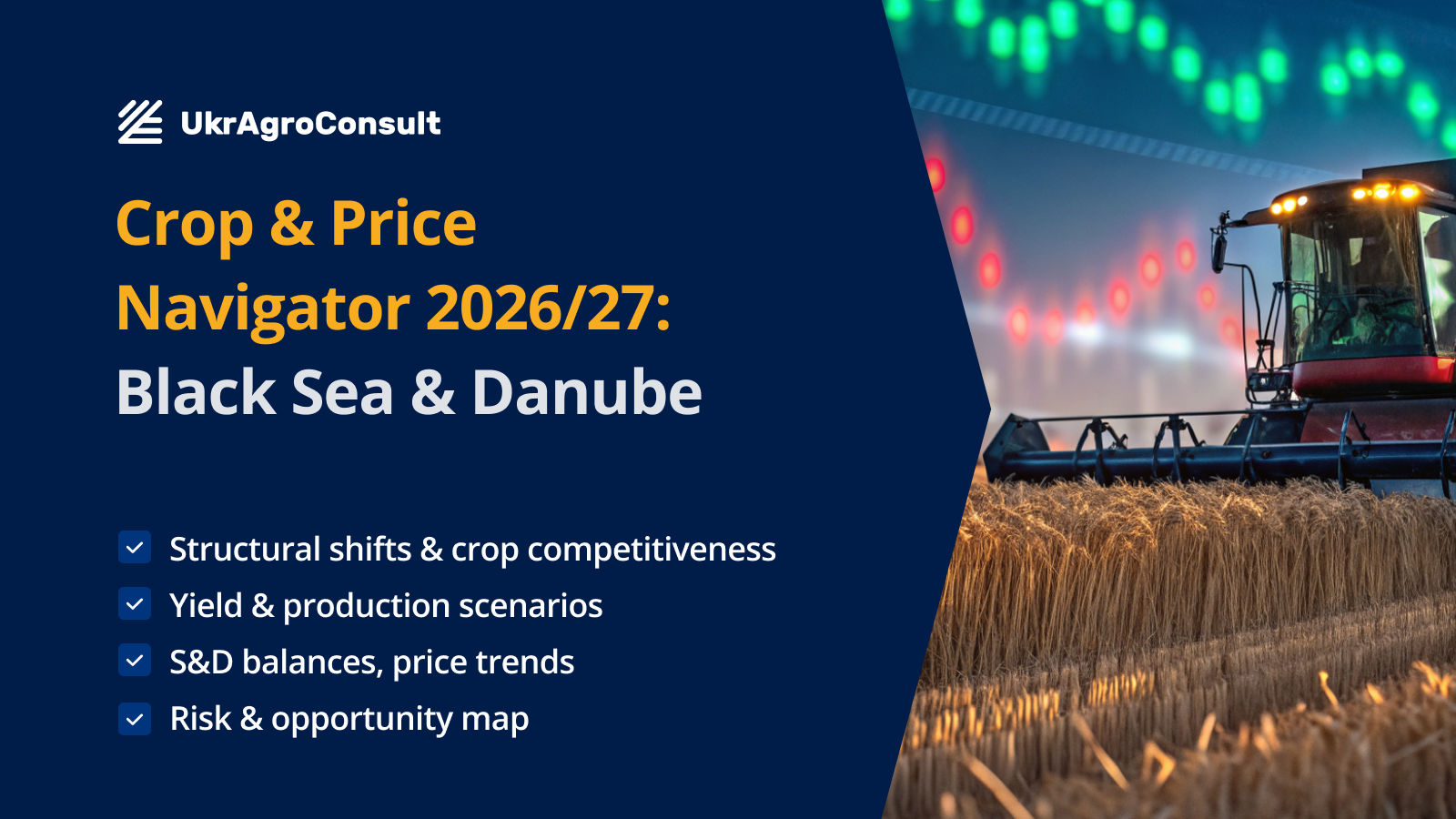AI aims to become farmers’ weather forecaster

Artificial intelligence is increasingly being used to generate accurate weather forecasts for farmers. International development institutions and the World Meteorological Organization are already working to expand access to AI-based forecasting models in low- and middle-income countries.
Paul Winters, a professor of sustainable development at the University of Notre Dame, and Amir Jina, an associate professor of public policy at the University of Chicago, wrote about the implementation of AI in agrometeorology in an article for Reuters Connect.
For farmers, every planting decision carries risks, which are increasing due to climate change. One of the most serious consequences is weather, which can negatively affect crop yields and livelihoods. For example, a delayed monsoon can force a rice farmer in South Asia to replant or switch crops entirely, resulting in lost time and income.
Access to reliable and timely weather forecasts helps farmers plan sowing, determine the best time for fertilization, and increase yields while reducing costs. However, in many low- and middle-income countries, accurate forecasts remain inaccessible due to the high costs of technology and the infrastructure demands of traditional forecasting models.
A new wave of AI-based weather models promises to change that. These models can provide accurate, localized forecasts while requiring only a fraction of the computational resources needed for traditional physical models. This allows national meteorological agencies in developing countries to provide farmers with timely, localized information on rainfall patterns and other conditions necessary for effective planting decisions.
Physical weather models used by major centers worldwide are powerful but expensive. They simulate atmospheric physics and require costly computing infrastructure, and they were primarily designed for temperate, high-income regions, making them less effective in tropical countries with low and middle incomes.
Since 2022, deep learning models such as Pangu-Weather and GraphCast have been developed to generate short- and medium-term forecasts up to two weeks in advance. They operate much faster than physical models and can run on laptops instead of supercomputers, providing high accuracy for variables such as temperature.
AI models require significantly less computational power: while physical models may need thousands of processor hours for a single forecast, modern AI systems can produce results in minutes using a single graphics processor. Once trained, these models can generate large ensemble forecasts at a fraction of the computational cost. For example, the early FourCastNet model, after roughly an hour of training on a supercomputer, was able to produce forecasts thousands of times faster than physical models.
The result of these advances is high-resolution weather forecasts worldwide in seconds on a laptop or desktop computer. Research continues to expand the use of AI for weather prediction, opening new opportunities for farmers around the globe.
Read also
Crop & Price Navigator 2026/27: Black Sea and Danube. Forecast
US explores Africa as a potential new market for soy exports
Corn remains to be harvested in Ukraine from 22% of the area
AD Ports Group and Louis Dreyfus Company have agreed to establish a grain terminal...
Ukraine called on PACE to strengthen international mechanisms to protect food secu...
Write to us
Our manager will contact you soon



